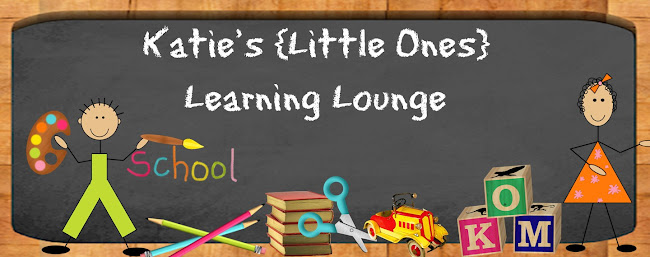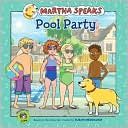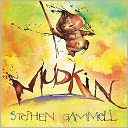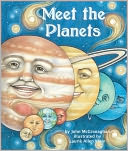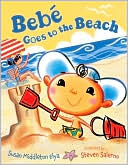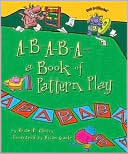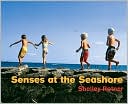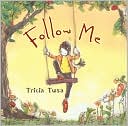Melting glaciers affects much wildlife... what can be done to prevent the extinction of these animals?
 Love, Donna.
Love, Donna.The Glaciers are Melting.
March 2011.
Sylvan Dell Publishing.
Review copy provided courtesy of publisher.
Five friends set out to find out an answer as to what can be done to save themselves when the glaciers have melted, after one of them notices a drop of water fall on their head (an imminent sign of melting glaciers in their habitat). As the animals precede to the "Mountain Monarch," we learn a great deal about the animals that habituate on the glaciers and the role the glaciers play in their life.
Unfortunately, none of the five friends wind up with an answer to their question, "What can we do?" The animals are facing the same question as scientists pose to us regarding global warming - the glaciers are melting and that is having an impact on the world. The book really does wonders to get children thinking about what they can do to "save" the world and does so in the form of a simple question, after allowing them to see the impact human actions are having on animals and other forms of wildlife. With a little additional research and exploration, children will quickly discover that it is human action that is leaving this impact on the world (and also help children to realize that it is a real problem/concern)!
Learning/Reading Activities:
- In their summer journal, pose the questions to your child, "What is global warming? How is EVERYTHING affected by it? And, what do you think YOU can do to help "save" the Earth?"
- You can also check out Sylvan Dell's Teaching Activities, which include "then" and "now" photographs of several different glaciers and information about animal adaptations, as well as lots of other related activities.

Tweet
If you're interested in finding out more information about any of the books reviewed or if you'd like to purchase the books, click the cover image for a link to Amazon.com. I am an Amazon Affiliate, so any purchases you make after clicking these images will result in my receiving a small percentage of the sale price!
